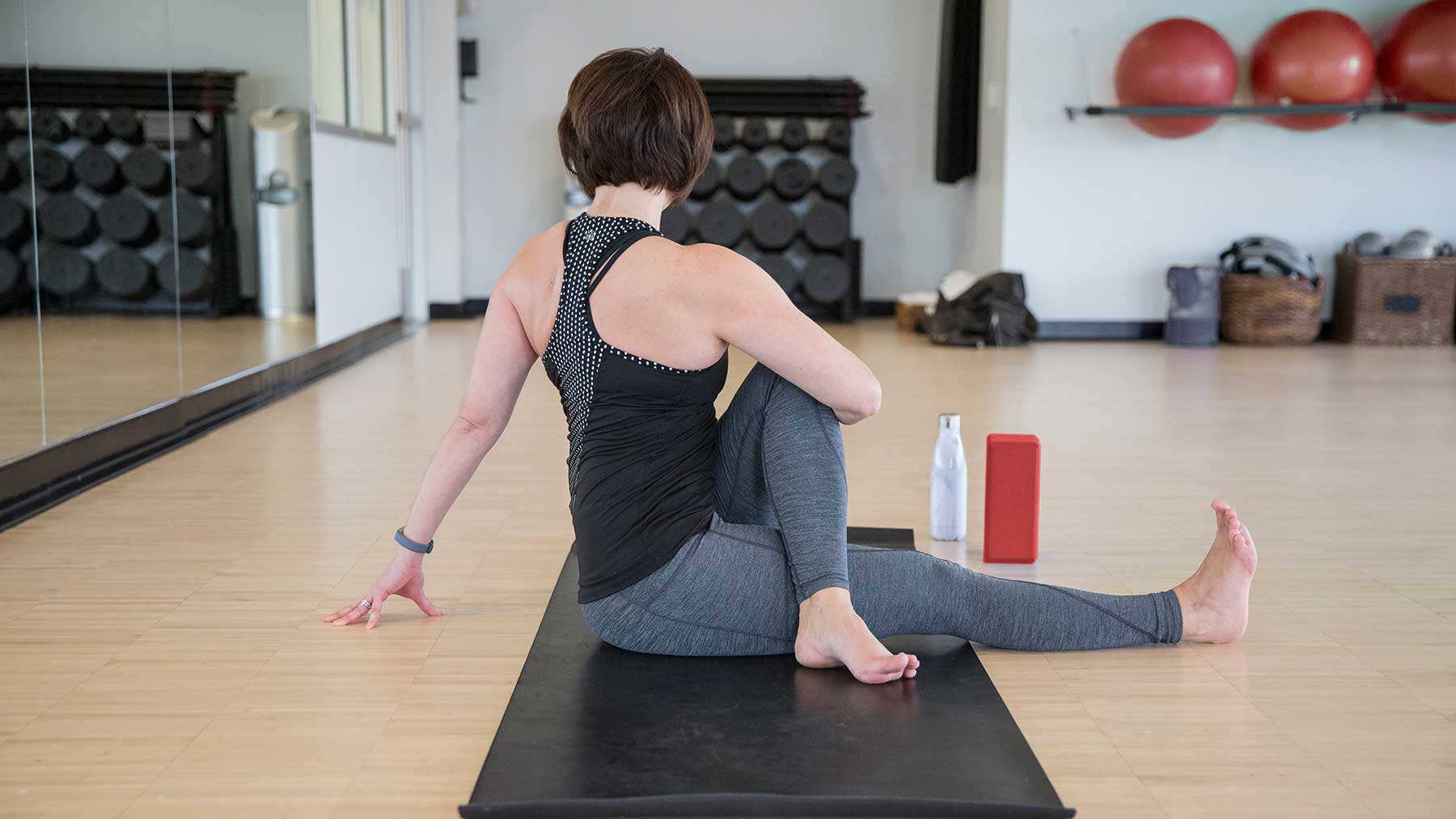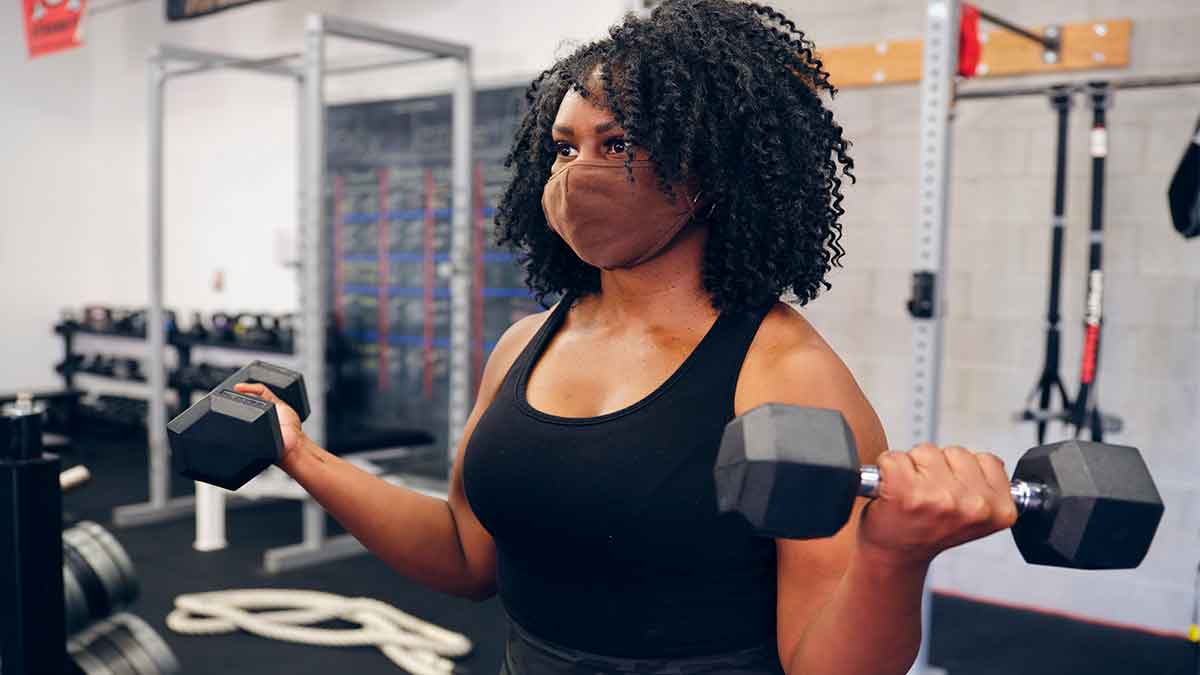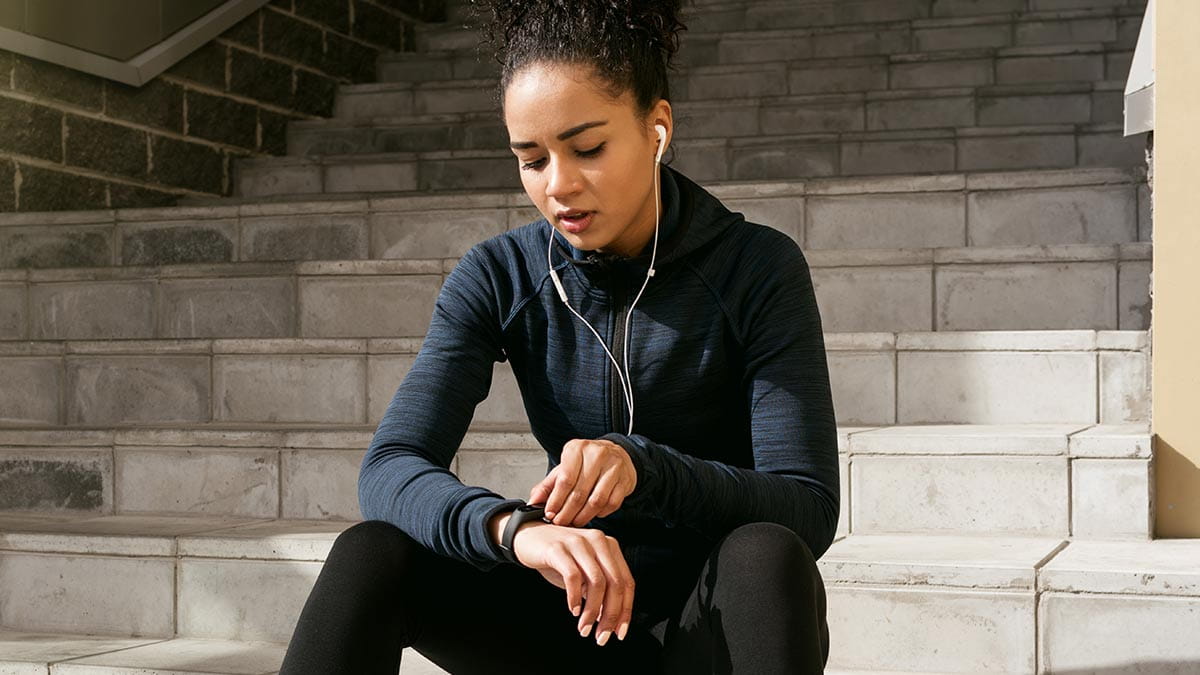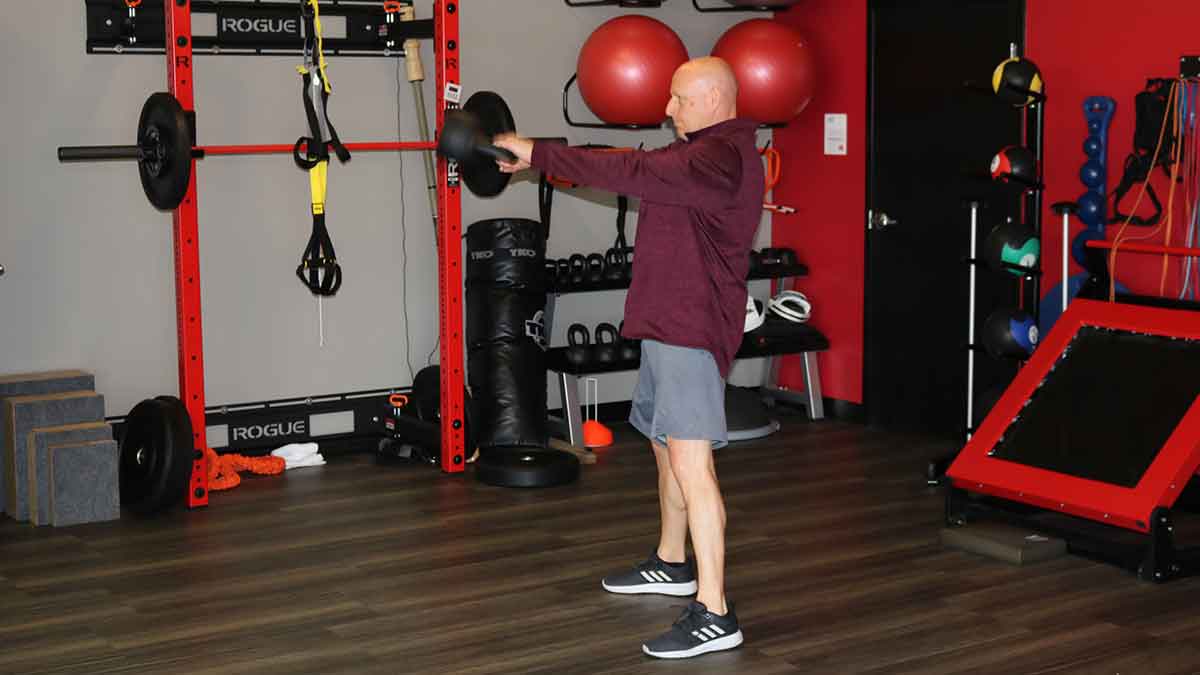A beginner's guide to yoga

It can be a bit intimidating to step out of your comfort zone and try a new type of exercise. Especially yoga, where the fear of most people is they might - quite literally - fall on their face.
We want to help ease the uncertainty of your first yoga class and answer those top-of-mind questions: How difficult is yoga? How do I find the right type of class? What if I can’t do all the poses? Do I need to bring my own mat?
Karine Wascher, a registered yoga instructor who teaches classes at the Ohio State Health and Fitness Center in New Albany, has been practicing yoga for more than 20 years and teaching it for the last seven. She has heard the questions and seen the apprehension of many first-time yogis.
“Yoga is for everybody. All sizes, all shapes. Someone who has never done yoga should never feel intimidated,”
says Wascher.She says yoga, by definition, is the bringing together of physical and mental exercises. This is why the benefits of yoga don’t stop at increased flexibility, strength and balance, but also include help with anxiety or stress.
Wascher has 4 tips for anyone interested in starting yoga:
1. Start with a beginner or ‘Level 1’ class
Wascher says look for a class labeled “beginner,” “introductory,” “gentle” or “Level 1.” Instructors of these sessions go slower and take greater care to explain how to maneuver your body into various poses. Modifications are also more readily offered, she explains.
For example, a side plank – where you lie on one side and prop your body up with your arm – can be modified into a much less intense pose by simply lowering one knee down to the mat.
2. Many studios do have mats available to borrow
If you don’t have your own mat, call ahead to the studio. It may depend on both the location and type of class if mats are available to borrow. Ohio State Health and Fitness Center has mats available for participants to borrow during yoga class.
“If you start going more regularly – maybe a few times a week – I usually suggest investing in your own mat,” explains Wascher.
3. Pay attention to your body
No, you don’t need to turn your body into a pretzel! You might be nervous that you will hurt yourself trying yoga even once, but Wascher says the key is simply listening to your body. She says yoga should be challenging, but not painful. If you notice your breath changing significantly, that might be a sign you are pushing yourself too far.
[Keep reading: Yoga positions many people get wrong.]
4. Be open to the new experience
“Go into it with an open mind. It’s not about doing a perfect pose, it’s about enjoying your practice,” says Wascher.




